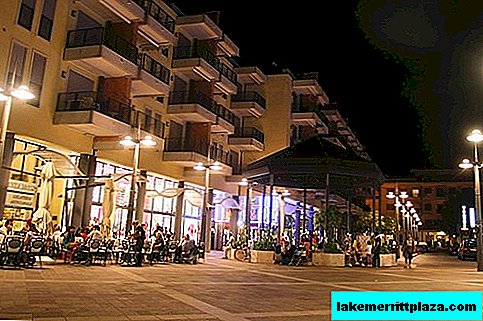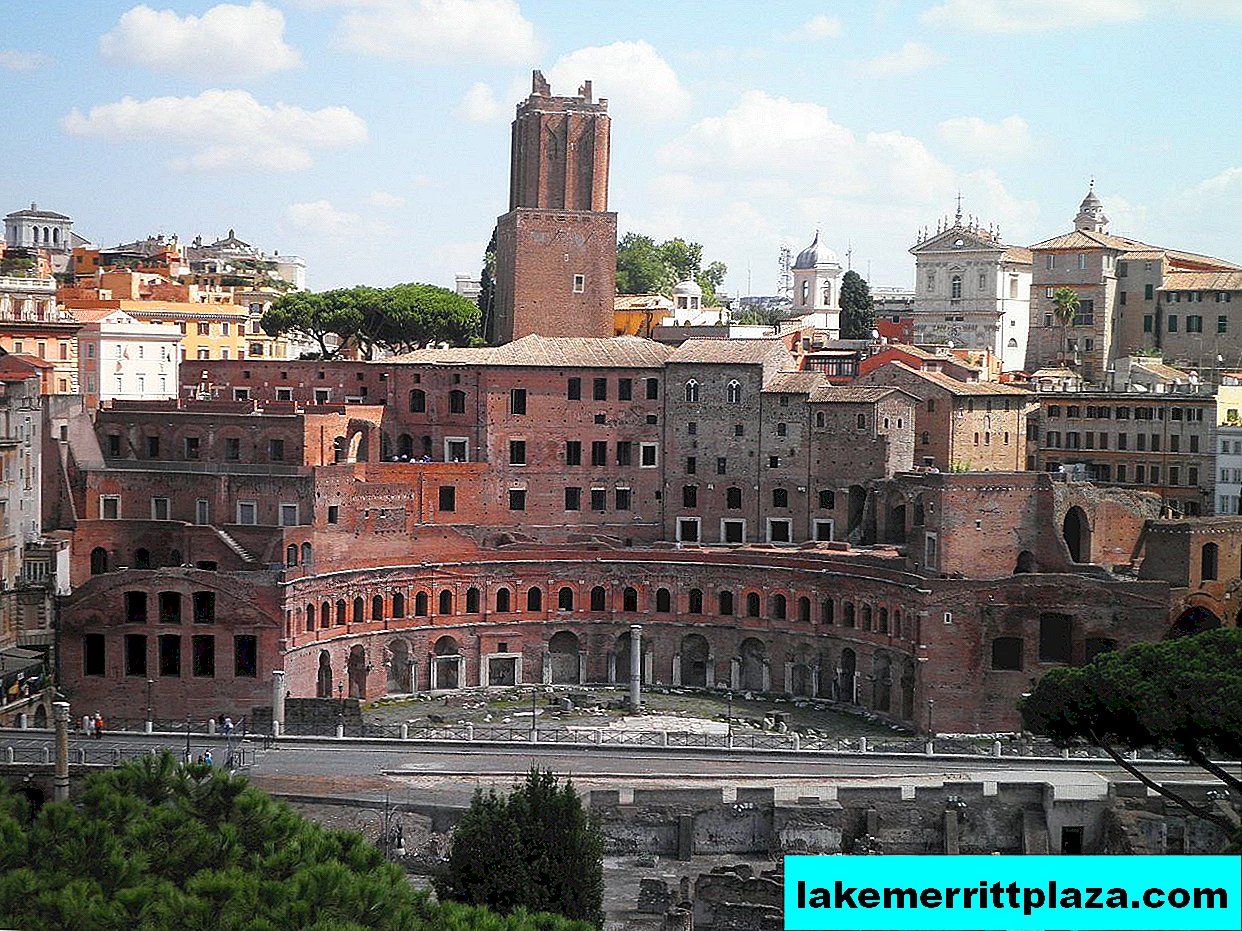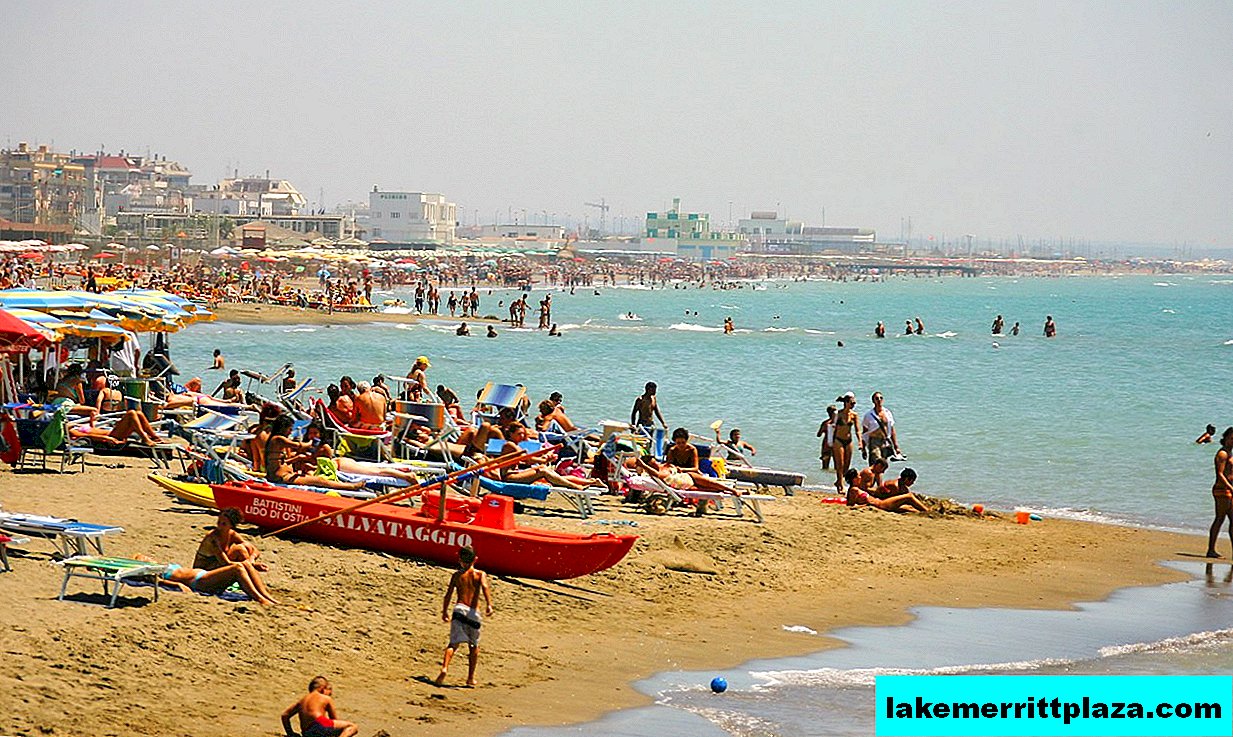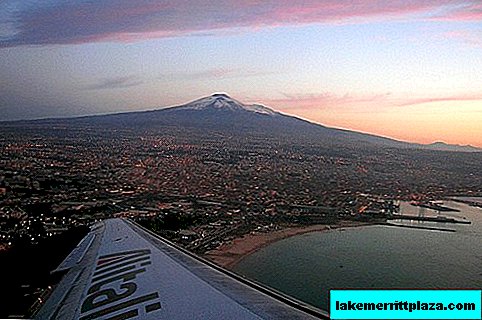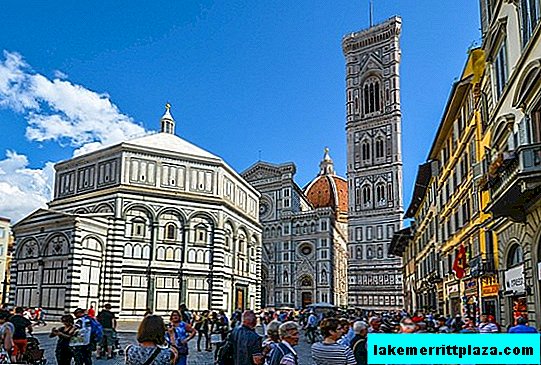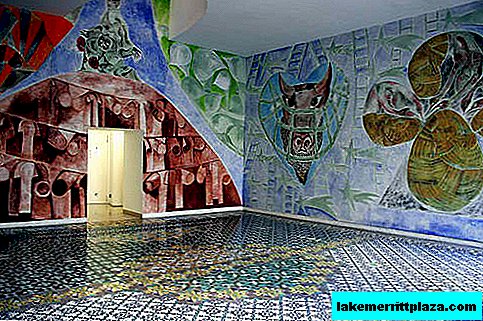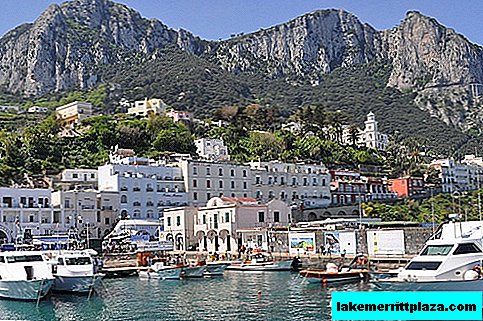Thanks to the artist with the pseudonym Clet (Clet) in different parts of Naples and many other cities in Italy (Rome, Florence) you can meet the usual traffic signs in an unusual design
On Via dei Tribunali, a sign prohibiting passage shows a drowning man asking for help. A little further on the same sign, the policeman waves a club. If on the street Via Raimondo de Sangro of the Sansevero district, on a white brick, a sign now probably lies a person, probably dead, then on Via Toledo the same brick was transformed into a white hand, which compresses the person with force.

But on the sign leading to the sea Via Partenope, allowing you to go forward, turned into a fish skeleton.  Samples of contemporary art signed Anacleto Abraham (creative nickname - Clet)which on Tuesday and Monday night changed the look of many of Naples road signs. The artist is sure that the streets of the city are the best space for an exhibition. The Breton came to the creative, chaotic and anarchist Naples after visiting Florence, Bologna, Rome, Turin, Milan, Lucca, Palermo, Perugia, London, Valencia, Sassari, Duarnen, Quimper, Oderne, Paris, Prato and Livorno.
Samples of contemporary art signed Anacleto Abraham (creative nickname - Clet)which on Tuesday and Monday night changed the look of many of Naples road signs. The artist is sure that the streets of the city are the best space for an exhibition. The Breton came to the creative, chaotic and anarchist Naples after visiting Florence, Bologna, Rome, Turin, Milan, Lucca, Palermo, Perugia, London, Valencia, Sassari, Duarnen, Quimper, Oderne, Paris, Prato and Livorno.

The French artist and sculptor Clet has been living and working in Italy since 1990, and his workshop is located in Florence. His father was the writer Jean-Pierre Abraham, who worked as a ranger for the Ar-Men lighthouse on the island of Sen in the UK.
Street art Klet was carried away four years ago: "I became ready to appear before the public and give way to the desire to oppose myself to the power symbolically represented on road signs".
To those who criticize his work, referring to traffic safety, the artist replies: "Road signs serve to organize the road network. Safety is provided only by the care and responsibility of drivers. It is paradoxical, but road signs allow you to move faster and theoretically more risky."

In any case, the signs remain readable, as Clet’s creative language is simple and minimal.  Sometimes images come from the meaning of the sign and “beat” it, in other cases they have an exclusively aesthetic function. The artist paid tribute to Naples with the help of a sign on which he clearly marked the letter "N". At the same time, on his FACEBOOK page under the caption “Naples, the authorities are at a loss”, Clet posted a photo of a sign prohibiting entry to the historic center, on which he painted a bored and annoyed traffic controller collecting a puzzle.
Sometimes images come from the meaning of the sign and “beat” it, in other cases they have an exclusively aesthetic function. The artist paid tribute to Naples with the help of a sign on which he clearly marked the letter "N". At the same time, on his FACEBOOK page under the caption “Naples, the authorities are at a loss”, Clet posted a photo of a sign prohibiting entry to the historic center, on which he painted a bored and annoyed traffic controller collecting a puzzle.

